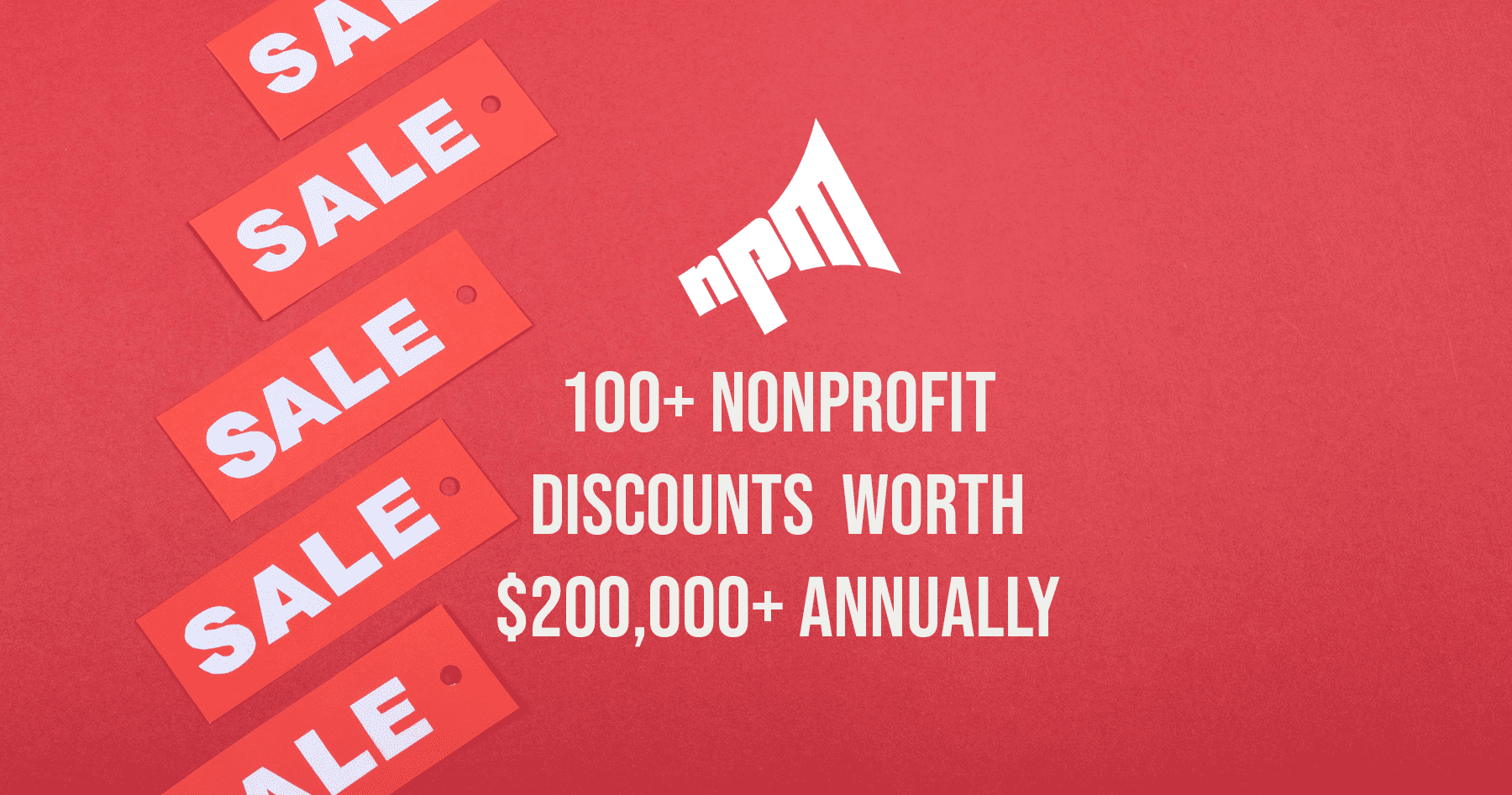The Importance of Collaboration and Partnership for a Nonprofit Company in Maximizing Resources and Enhancing Neighborhood Engagement
In the world of nonprofit agencies, partnership and collaboration emerge as essential mechanisms for enhancing resources and promoting area engagement. These alliances not just enhance program efficiency however also grow a deeper feeling of neighborhood participation and ownership.
Advantages of Partnership

Furthermore, collaboration fosters technology by encouraging the exchange of concepts and finest practices. When organizations interact, they can discover varied viewpoints, causing innovative options that may not arise alone. This common analytical strategy can eventually boost solution delivery and program outcomes.
In addition, collective efforts can enhance area interaction. When nonprofits partner with one another, they can activate broader support from stakeholders, consisting of volunteers, benefactors, and area members. This cumulative interaction not only increases exposure yet likewise strengthens the credibility of the taking part companies.
Structure Strategic Partnerships
Cooperation among nonprofit firms usually leads to the formation of calculated partnerships, which are important for optimizing effect and attaining common goals. These collaborations enable organizations to utilize each various other's toughness, boosting service delivery and broadening outreach. By straightening objectives and missions, nonprofits can develop a synergistic impact that amplifies their reach and efficiency within the area.
Structure calculated partnerships needs mindful preparation and mutual understanding. Organizations needs to initially identify possible companions that share similar values and goals, ensuring compatibility in objective and vision. Establishing open lines of communication cultivates count on, enabling companions to talk about resources, responsibilities, and assumptions transparently. Normal meetings and collaborative initiatives can assist maintain energy and address challenges proactively.
Furthermore, plainly specified responsibilities and roles are essential for responsibility and success. Formalizing the collaboration via written arrangements can give a framework for cooperation, describing the scope of work, efficiency metrics, and evaluation techniques. By fostering these critical alliances, nonprofit agencies can boost their ability to attend to neighborhood requirements, introduce remedies, and mobilize sources effectively, ultimately resulting in a more lasting and substantial influence in the neighborhoods they serve.
Sharing Resources Properly
Just how can not-for-profit agencies maximize their impact with efficient source sharing? By strategically collaborating with other organizations, nonprofits can enhance their functional efficiency and expand their reach within the area. Resource sharing includes merging numerous assets, including financial sources, personnel, competence, and centers, to resolve usual objectives better.

In addition, leveraging each various other's strengths can foster development. By exchanging expertise and ideal techniques, agencies can enhance solution delivery and create brand-new options to neighborhood challenges. Efficient source sharing also grows a sense of unity, strengthening the concept that cooperation is important for attaining substantial social effect.
Engaging the Community
What approaches can nonprofit agencies employ to effectively involve their areas? Using various systems, such as social media, newsletters, and area online forums, allows companies to distribute details, obtain comments, and foster dialogue.
In addition, creating collaborations with neighborhood companies can boost outreach efforts. nonprofit agency. Teaming up with schools, companies, and other nonprofits can intensify sources and develop an extra substantial support network, permitting joint initiatives that resonate with neighborhood requirements
Additionally, holding area events, workshops, and volunteer opportunities can assist in much deeper involvement. These tasks develop a sense of belonging and encourage energetic engagement, allowing people to add to the firm's goals while constructing partnerships with fellow neighborhood members.
Determining Collective Success
Evaluating the performance of collective efforts is necessary for nonprofit companies looking for to optimize their impact. Gauging collective success entails developing clear, quantifiable objectives and utilizing a variety of metrics to evaluate performance. Trick indications may consist of the variety of partnerships created, resources shared, and the tangible end results attained through cooperation.
To successfully measure success, nonprofits need to apply a structure that incorporates both qualitative and quantitative information. Surveys and interviews can provide insights right into stakeholder contentment and the viewed value of collaborations. In addition, tracking metrics such as service reach, community involvement degrees, web link and monetary efficiency can use an extensive view of collaborative effectiveness.
Regular evaluations must be carried out to identify areas of improvement and best techniques. This repetitive process not only enhances responsibility however also fosters a culture of constant discovering within the organization - nonprofit agency. By transparently sharing examination results with stakeholders and companions, nonprofits can construct and strengthen connections trust
Ultimately, gauging joint success allows not-for-profit agencies to refine their methods, assign resources more successfully, and strengthen their mission-driven efforts, leading to a greater collective influence on the communities they serve.
Final Thought

In the realm of nonprofit firms, cooperation and partnership emerge as essential systems for cultivating and amplifying resources community engagement - nonprofit agency. By cultivating these tactical alliances, not-for-profit companies can improve their capacity to deal with community needs, innovate solutions, and activate sources efficiently, ultimately leading to a more lasting and significant impact in the communities they serve
By strategically collaborating with various other companies, nonprofits can boost their functional efficiency and prolong their reach within the area.What approaches can not-for-profit agencies utilize to successfully involve their areas?Partnership and partnership stand as crucial columns for nonprofit companies intending to maximize resources and boost community involvement.